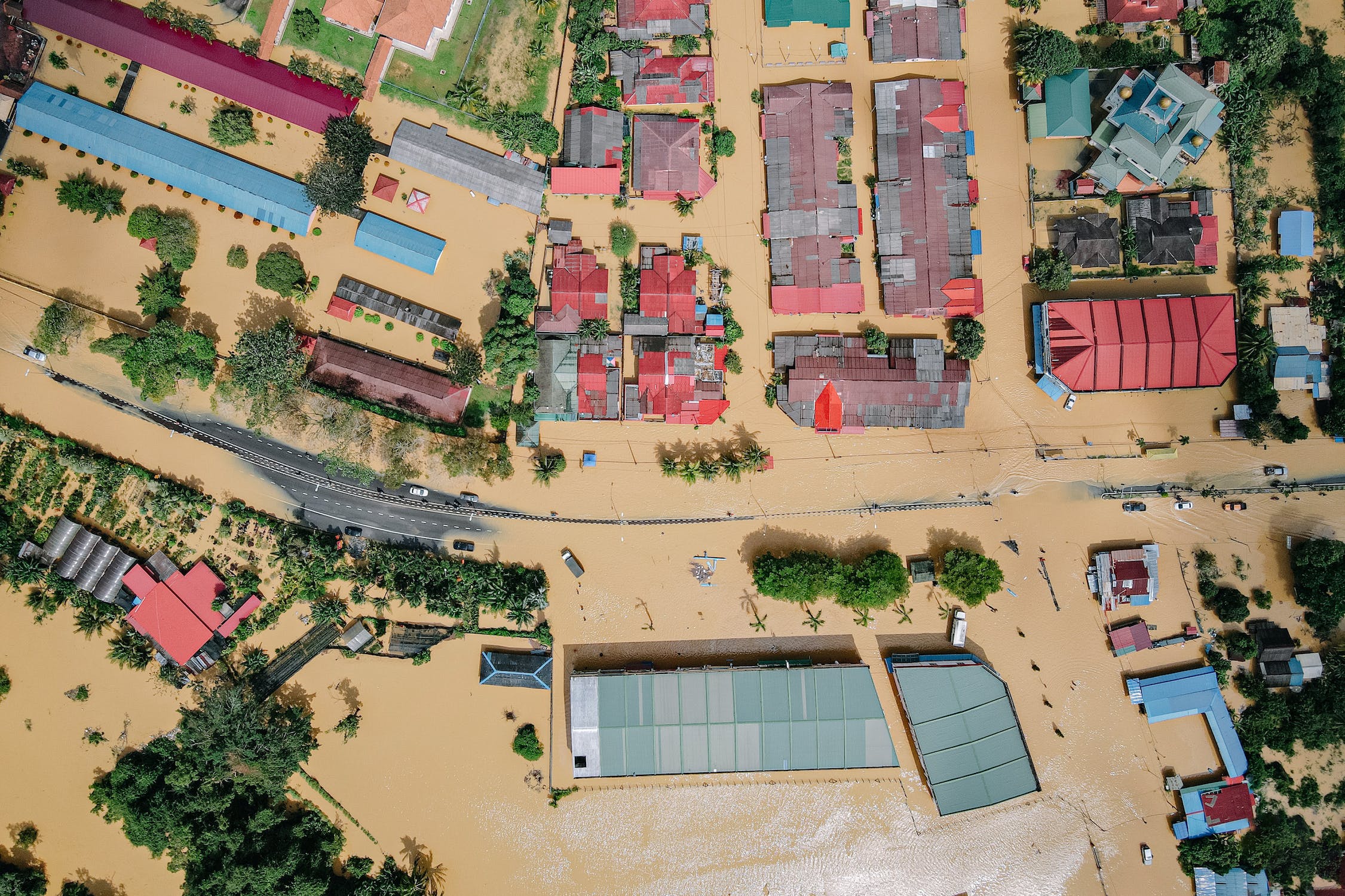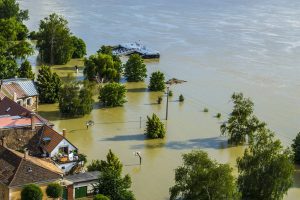“Rebuild Stronger: 5 Essential Strategies for Rebuilding After a Flood”.
Introduction
Rebuilding after a flood can be a daunting task. It is important to take the time to assess the damage and plan a strategy for the renovation process. This article will provide five essential strategies for rebuilding after a flood. These strategies will help you to ensure that your home is safe and secure, and that the renovation process is efficient and cost-effective. With the right approach, you can restore your home to its pre-flood condition and create a safe and comfortable living environment.
How to Prioritize Renovations After a Flood: What to Fix First
After a flood, it is important to prioritize renovations in order to ensure the safety and well-being of your home and family. Here are some tips on what to fix first:
1. Check for structural damage. If your home has suffered any structural damage, it is important to address this first. This includes checking for any cracks in the foundation, walls, or ceilings, as well as any damage to the roof. If you find any structural damage, it is important to contact a professional to assess the damage and make any necessary repairs.
2. Address any electrical issues. If your home has been flooded, it is likely that the electrical system has been affected. It is important to check for any exposed wiring or damaged outlets and switches. If you find any issues, it is important to contact a qualified electrician to make any necessary repairs.
3. Clean and disinfect. After a flood, it is important to clean and disinfect any affected areas. This includes removing any standing water, cleaning and disinfecting any surfaces, and removing any damaged items.
4. Replace any damaged items. After cleaning and disinfecting, it is important to replace any items that have been damaged by the flood. This includes furniture, carpets, and any other items that have been affected.
5. Check for mold. After a flood, it is important to check for any signs of mold. If you find any mold, it is important to contact a professional to assess the situation and make any necessary repairs.
By following these tips, you can ensure that your home is safe and secure after a flood. It is important to prioritize any repairs in order to ensure the safety and well-being of your home and family.
The Benefits of Investing in Flood-Proof Materials for Home Renovations
How to Choose the Right Contractor for Flood Damage Repairs
When it comes to repairing flood damage, it is important to choose the right contractor for the job. The right contractor will have the experience and expertise to ensure that the repairs are done correctly and efficiently. Here are some tips to help you choose the right contractor for flood damage repairs:
1. Research: Before hiring a contractor, it is important to do your research. Look for contractors who specialize in flood damage repairs and have experience in the type of repair you need. Check online reviews and ask for references from previous customers.
2. Get Estimates: Once you have narrowed down your list of potential contractors, get estimates from each one. Make sure to get a detailed estimate that includes the cost of materials, labor, and any other associated costs.
3. Ask Questions: Before hiring a contractor, make sure to ask questions about their experience, qualifications, and insurance coverage. Make sure that the contractor is licensed and insured and that they have the necessary experience to handle the job.
4. Check References: Ask for references from previous customers and contact them to get an idea of the contractor’s work. Ask about their experience with the contractor and if they were satisfied with the results.
5. Get Everything in Writing: Make sure to get a written contract that outlines the scope of work, payment terms, and any other details. This will help protect both you and the contractor in case of any disputes.
By following these tips, you can ensure that you choose the right contractor for flood damage repairs. With the right contractor, you can be sure that the repairs will be done correctly and efficiently.
Tips for Making Your Home More Resilient to Future Floods
1. Elevate Your Home: Elevating your home is one of the most effective ways to make it more resilient to future floods. This can be done by raising the foundation of your home, or by building a flood wall around it. This will help to keep floodwaters away from your home and reduce the risk of damage.
2. Install Flood Barriers: Installing flood barriers around your home can help to keep floodwaters away from your home. These barriers can be made from sandbags, plastic sheeting, or other materials.
3. Install a Sump Pump: Installing a sump pump in your basement or crawl space can help to keep floodwaters away from your home. The sump pump will pump out any water that accumulates in these areas, preventing it from entering your home.
4. Install Flood Vents: Installing flood vents in your home can help to reduce the risk of flooding. These vents allow floodwaters to enter and exit your home without causing damage.
5. Install Flood-Proof Windows and Doors: Installing flood-proof windows and doors can help to keep floodwaters out of your home. These windows and doors are designed to be watertight and can help to reduce the risk of flooding.
6. Install a Backflow Valve: Installing a backflow valve in your plumbing system can help to prevent floodwaters from entering your home. This valve will close when the water pressure outside your home is higher than the pressure inside, preventing floodwaters from entering your home.
7. Install a Rainwater Collection System: Installing a rainwater collection system can help to reduce the risk of flooding. This system will collect rainwater and store it in a tank, which can then be used for irrigation or other purposes.
8. Plant Trees and Shrubs: Planting trees and shrubs around your home can help to reduce the risk of flooding. These plants can help to absorb excess water and reduce the risk of flooding.
9. Install a Flood Alarm: Installing a flood alarm in your home can help to alert you to the presence of floodwaters. This can give you time to take action and reduce the risk of damage to your home.
10. Have an Emergency Plan: Having an emergency plan in place can help to reduce the risk of flooding. This plan should include steps to take in the event of a flood, such as turning off the power and water, and evacuating the area.
The Pros and Cons of DIY Flood Damage Repairs: What You Need to Know
DIY flood damage repairs can be a great way to save money and time, but it’s important to understand the pros and cons before you decide to take on the project. Here’s what you need to know.
Pros
Cost Savings: DIY flood damage repairs can save you a lot of money compared to hiring a professional. You’ll be able to purchase the materials you need at a fraction of the cost, and you won’t have to pay for labor.
Time Savings: DIY repairs can also save you time. You won’t have to wait for a professional to come out and do the work, and you can work on the project at your own pace.
Knowledge: Doing the repairs yourself can also give you a better understanding of the problem and how to prevent it from happening again in the future.
Cons
Risk: DIY repairs can be risky, especially if you don’t have the right tools or experience. If you make a mistake, it could end up costing you more money in the long run.
Time: DIY repairs can also take a lot of time, especially if you’re not familiar with the process. You may have to spend several days or even weeks working on the project.
Safety: DIY repairs can also be dangerous, especially if you’re dealing with electrical or plumbing issues. It’s important to make sure you’re taking all the necessary safety precautions.
Overall, DIY flood damage repairs can be a great way to save money and time, but it’s important to understand the pros and cons before you decide to take on the project. Make sure you have the right tools and experience, and take all the necessary safety precautions.
Conclusion
Rebuilding after a flood can be a daunting task, but with the right strategies in place, it can be done successfully. By taking the time to assess the damage, create a plan, prioritize safety, hire the right professionals, and budget accordingly, homeowners can rebuild their homes and lives after a flood. With the right approach, homeowners can restore their homes to their pre-flood condition and create a safe and comfortable living environment.






